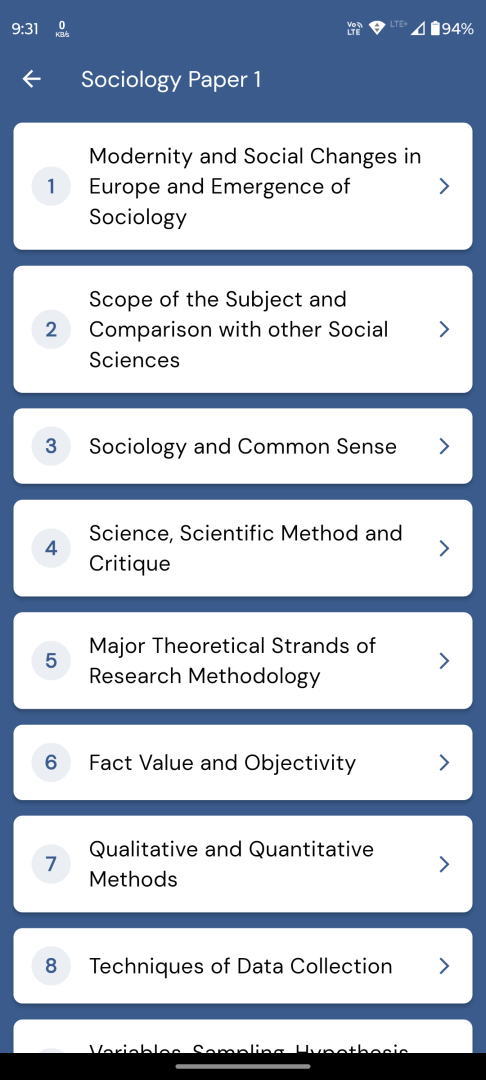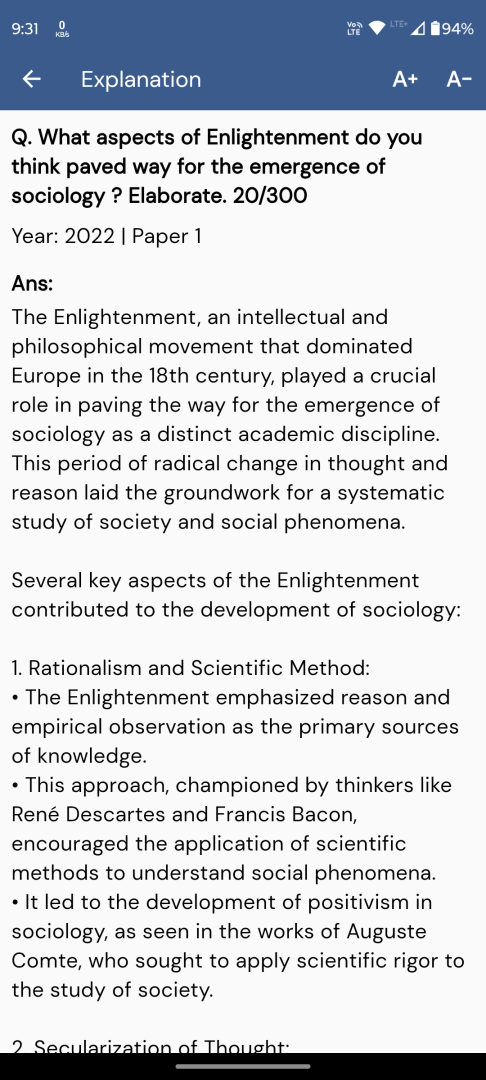Comparison of Durkheim and Marx on Division of Labour
Comparison of Durkheim and Marx on Division of Labour
In the realm of sociology, the concept of division of labour has been a subject of extensive analysis and debate. Two prominent figures, Emile Durkheim and Karl Marx, have provided distinct perspectives on this phenomenon. In this article, we will compare and contrast their views on division of labour under various headings, including the causes, consequences, solutions, and their overarching models of society.
Causes of Division of Labour
Durkheim and Marx both recognize the significance of division of labour, but they diverge in their interpretation of its causes. They acknowledge that division of labour is inherent in all societies, but they concentrate primarily on its manifestations in complex industrial societies.
Durkheim’s Perspective:
Emile Durkheim attributes the causes of division of labour in industrial societies to increased material and moral density. He views specialization as a means to alleviate competition and the struggle for existence. Specialization enables people to coexist peacefully by assigning distinct roles to individuals, fostering teamwork, and enhancing social cohesion.
Marx’s Perspective:
Karl Marx, on the other hand, perceives division of labour in industrial societies differently. He considers it a process imposed on workers by capitalists to maximize profit. According to Marx, private property ownership and the concentration of means of production in the hands of capitalists lead to the imposition of division of labour. Workers sell their labor-power for wages and engage in monotonous and uninspiring tasks, increasing productivity and capitalist profits. Marx emphasizes exploitation and conflict as the driving forces behind division of labour.
Consequently, Durkheim emphasizes cooperation and social integration as the causes of division of labour, whereas Marx highlights exploitation and conflict.
Consequences of Division of Labour
Durkheim’s and Marx’s perspectives on the consequences of division of labour naturally differ due to their contrasting views on its causes.
Durkheim’s Perspective:
Durkheim views division of labour as a process that promotes social integration and organic solidarity. In a “normal” situation, where division of labour is well-regulated, it allows individuals to specialize in their tasks, fostering creativity and innovation. Simultaneously, it encourages interdependence, strengthening social bonds and creating enduring connections.
Durkheim identifies anomie as an abnormal consequence of division of labour. Anomie arises when inequality and inadequate organization prevail in society due to a lack of established norms and rules in response to rapidly changing economic relations. These forms of division of labour are pathological and disruptive.
Marx’s Perspective:
Marx, conversely, sees division of labour as a process that dehumanizes the workforce and leads to alienation. Under capitalism, workers are reduced to commodities, their creativity and control over their work stripped away. They become mere cogs in the production process, dehumanized and detached from their creations. Alienation pervades all aspects of their lives, including their work, relationships with fellow workers, and their role in the social system.
In summary, Durkheim posits that division of labour can foster integration, while Marx contends that it results in dehumanization and alienation, separating workers from their work and their true potential.
Solutions to the Problems Related to Division of Labour
Durkheim and Marx propose different solutions to address the problems associated with division of labour based on their respective viewpoints.
Durkheim’s Perspective:
Durkheim believes that division of labour can be resolved within the existing social framework. He suggests that making workers conscious of their role in society and emphasizing their organic connection to it can mitigate the frustration of performing seemingly meaningless work. By imparting a sense of significance to their productive roles, the meaninglessness can be transformed into a sense of purpose.
Marx’s Perspective:
Marx’s solution, in contrast, calls for a fundamental transformation of the system. He contends that capitalism itself is the problem, and division of labour under capitalism perpetuates dehumanization and alienation. Marx advocates for a revolutionary change wherein workers gain control over the means of production. Through this revolutionary process, workers can organize and operate production in a way that eliminates dehumanization and alienation, allowing them to reclaim their agency.
Durkheim leans towards gradual change within the existing system, while Marx advocates for a radical overhaul through revolution.
Durkheim’s ‘Functional Model’ vs. Marx’s ‘Conflict Model’ of Society
The divergent perspectives of Durkheim and Marx on division of labour are reflective of their broader models of society.
Durkheim’s Functional Model:
Emile Durkheim’s analysis of division of labour aligns with his functional model of society. In this model, social institutions and processes are evaluated based on their contributions to maintaining societal equilibrium and cohesion. Durkheim emphasizes the role of social institutions in promoting social integration and organic solidarity. He views society as a system held together by the integrative functions of its various institutions.
Durkheim’s model addresses the question of social order, aiming to demonstrate that changes in society do not necessarily undermine its stability but can contribute to the integration of the emerging society.
Marx’s Conflict Model:
Karl Marx’s perspective on division of labour is rooted in his conflict model of society. According to Marx, history is a series of struggles between oppressors and the oppressed, with capitalism representing a phase characterized by the conflict between the bourgeoisie and the proletariat. Marx contends that the capitalist system is designed to exploit workers, and their interests clash with those of the capitalists.
Marx’s model emphasizes the presence of contradictions, conflicts, and the inevitability of change as fundamental elements of society. He envisions revolution as the means through which the working class will overthrow the capitalist system and usher in a new society.
Summary
Emile Durkheim and Karl Marx provide distinct perspectives on division of labour and society. Durkheim emphasizes the integrative and cooperative aspects of division of labour, viewing it as a force that fosters social cohesion and organic solidarity. In contrast, Marx focuses on the exploitative and dehumanizing dimensions of division of labour under capitalism, emphasizing conflict and class struggle as driving forces for change.
Their differing viewpoints extend to their proposed solutions, with Durkheim advocating gradual change within the existing system and Marx calling for a revolutionary transformation. These perspectives also underpin their broader models of society, with Durkheim’s functional model emphasizing stability and integration and Marx’s conflict model highlighting the role of class struggle and revolutionary change.




